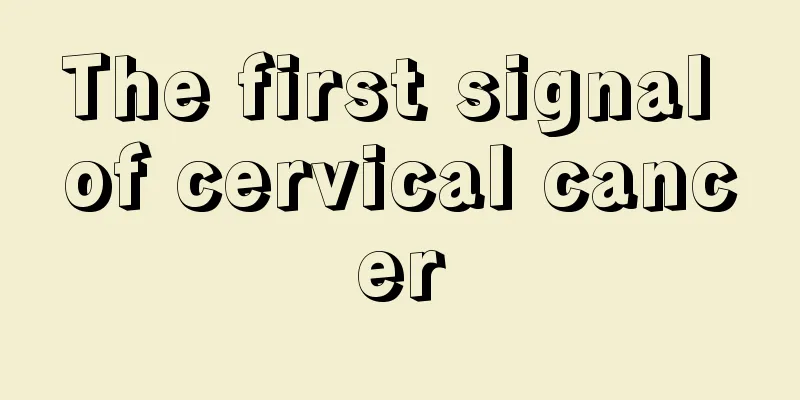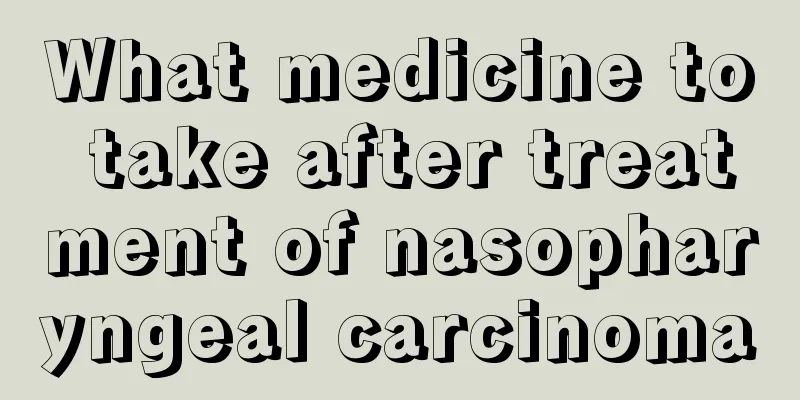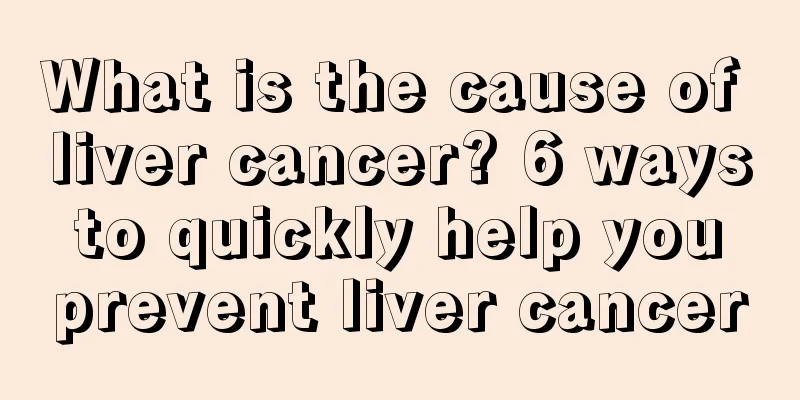Can fresh kelp still be eaten if it is moldy

|
Kelp is something we often see and eat in our daily lives. It can not only be eaten cold, but also can be eaten with other vegetables. So can we still eat kelp if it is moldy? According to some studies, the nutritional value of moldy kelp will be greatly reduced, so it cannot be eaten. Apart from this, what other reasons are there? Next, let us find out if kelp can still be eaten if it is moldy? Choose the brown-green kelp with high stickiness. After the dark green kelp is processed, the surface will not have much stickiness. Chemically treated kelp does not feel tough. The kelp that has not been bleached and dyed has a stronger seafood flavor, while the kelp that has been bleached and dyed has a lesser seafood flavor. Therefore, when choosing, dried kelp is safer. In addition to picking those that are as dry as possible, have white powder crystals on the surface, and are dark gray in color, you should also choose leaves that are relatively neat and have a relatively uniform thickness. It is best to open the kelp and take a look when purchasing. If there are small pieces of kelp mixed in it, it means that its quality is poor. If there are holes or large areas of damage, it is possible that it was infested by insects or mold during storage. If the dried kelp is partially red or partially yellow, do not choose it. Such kelp may be contaminated and its quality and nutritional value will be lower. In addition, dried kelp also has a strong seafood flavor. If other strange smells appear, it means that the quality of the kelp is also compromised. After buying dried kelp home, you should rinse the surface of the kelp, then steam it in a steamer for 30 minutes, then soak it in clean water overnight, then take it out, add an appropriate amount of starch or glutinous rice flour to the clean water, then rub the kelp several times, and finally rinse it with clean water several times. This way it will have a crisp taste when used for cooking. There is a layer of mucus on the surface of kelp, so it does not need to be cleaned excessively, otherwise a lot of nutrients will be lost. Do not soak the dried kelp directly, otherwise it will taste hard no matter it is stewed, fried or mixed. Kelp is not easy to cook soft, so you can add a little alkali and baking soda when cooking kelp. You can pinch the kelp to test its hardness during the cooking process. Turn off the heat immediately after it becomes soft. Be careful not to add too much alkali and do not cook for too long. Adding some vinegar during the cooking process can make the kelp easier to break down and make the taste more delicious and refreshing. Simple processing method of dried kelp: 1. Put the kelp into the pressure cooker and add a little water. 2. Press for 3 minutes. 3. Take it out from the pressure cooker, put it in water, soak it for more than 3 hours, and change the water halfway. 4. Soak it, then clean the impurities on it and cut it into shreds or strips. After buying dried kelp and bringing it home, try to eat it as soon as possible and do not store it indefinitely. Because the nutritional content of the kelp will be reduced due to the influence of temperature, light and other factors during storage, while the microorganisms will continue to multiply and the harmful components will continue to increase. These factors may cause the kelp to deteriorate and become inedible. Thin kelp can be served cold, while thick kelp can be used to make soup. The thickness of kelp is related to its origin and growing period. The kelp produced in Fujian is relatively thin and suitable for cold dishes. The kelp produced in Shandong and Dalian is thicker and tastes better when cooked in stews and soups. In addition, kelp is picked in the early stages of growth, and its leaves are relatively thin and smaller. Kelp at this stage is more suitable for cold dishes. When picked in the middle of growth period, the leaves are thicker and larger than the early leaves. The kelp at this stage is rich in nutritional value and is more suitable for stews and soups. The leaves of kelp in the late stage are also thicker, but there are more attachments on the late stage kelp. Although such kelp can be eaten, its nutritional value is much worse than that of the middle stage kelp. The above answers the question of whether kelp can be eaten if it is moldy. From this we can see that kelp is completely inedible if it is moldy. Therefore, we must pay great attention to it and not continue to eat it for the sake of some small benefits. This will not only be harmful to our body, but will also bring some big and small troubles. |
<<: What to do if sea cucumbers get moldy
>>: What kind of underwear should I wear
Recommend
Can porcelain teeth correct buck teeth?
Porcelain teeth are a type of tooth that is repla...
If lung cancer metastasis is detected, do I need to do genetic testing?
Whether genetic testing is needed after lung canc...
How does purple ganoderma effectively treat insomnia
The problem of insomnia has long affected and tro...
There is a muscle pain on one side of my head
The human brain nerves are very sensitive and wil...
Is chemotherapy useful for advanced liver cancer?
Is chemotherapy useful for advanced liver cancer?...
My cheeks hurt when I eat
Cheek pain has a great impact on people's dai...
Is silicone underwear harmful to the body?
For women, the quality of underwear is very impor...
Can lung cancer patients eat sea cucumbers? Eating some sea cucumbers in moderation can improve the body's anti-cancer ability
Lung cancer patients can usually eat some sea cuc...
How is booger formed
No matter what kind of environment you are in, ev...
Which cancer hospital has the best effect in treating advanced skin cancer
Which oncology hospital is good for treating late...
I was pregnant for more than 5 months and got advanced colorectal cancer. What should I do?
Colorectal cancer refers to malignant lesions of ...
How to identify non-GMO rice
I believe everyone is familiar with non-GMO rice....
Seasonal rhinitis
Everyone should know about rhinitis. Many people ...
What effects will long-term rhinitis have
Human health is very important, and many people w...
What is the best way to treat advanced liver cancer? What are the best ways to treat advanced liver cancer?
Patients with advanced liver cancer indicate that...









